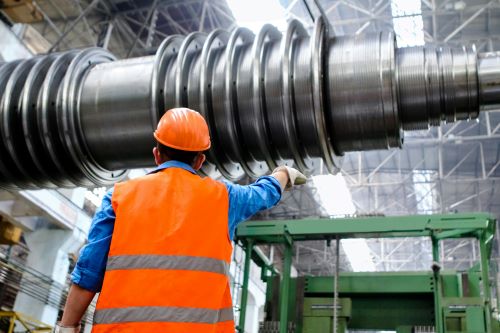Highlights:
- Geoengineering is a set of large-scale techniques that intervene in the earth’s natural system to control the environment and at best, partially offset the effects of climate change.
- Many believe that administering geoengineering solutions is risky on many levels. Revisiting our recent history can give us a better perspective on the perils of geoengineering
- Today geoengineering must be considered as a threat to peace and national security in the era of climate change. Increasing interest by private individuals and government in the geoengineering technology may not be necessary for the liking to combat climate change.
Humanity is witnessing the worst results of climate change. Many fear that the conventional methods of climate action aren’t ambitious enough to save humanity. Many are calling for a bigger scale and pace of intervention that can save us.
The first United Nations expert group has proposed the possibilities of a technology that can combat climate change. They call it geoengineering techniques. Geoengineering is a set of large-scale techniques that intervene in the earth’s natural system to control the environment and at best, partially offset the effects of climate change.
Creating artificial rain through cloud-seeding to alleviate water scarcity, carbon capture and storage technology and injecting sulphur particles into the stratosphere are some examples of geoengineering techniques.
Low-cost climate stabilisation, rapid deployment of technology to arrest emissions, reduction of local average temperatures and extreme temperatures, etc, are some advantages that technology can lay claim to, for the moment.
These benefits in themselves sound impressive. Yet, the idea has been vehemently opposed around the globe. Many believe that administering geoengineering solutions is risky on many levels. Revisiting our recent history can give us a better perspective on the perils of geoengineering.
In the year 1991, Mount Pinatubo erupted in the Philippines. The blast from the volcanic mountain shot sulphur dioxide straight into the stratosphere. These particles created a haze that scattered and reflected sunlight away from the earth. Naturally the earth’s surface got cooled.
The eruption was a turning point, becoming the origin event for geoengineering. This prompted scientific communities to devise a set of technology or to carry out experiments to counteract the effects of climate change. On the surface, Mt. Pinatubo was able to bring down the earth’s temperature.
However, the eruption has caused changes in atmospheric dynamics, substantial decrease in precipitation over land, etc. So often, the true narrative of the occurrence has been ignored. Similarly if we meddle in the earth’s natural system with its fragile balance of which we know nothing of, the consequences will be beyond our imagination. The Project GROMET is an example of it.
Another reason for the opposition is the higher chances of weaponizing the technology. Weather weaponizing is not a hypothetical problem. The Operation Popeye still stands as testimonial for it. Lately, Indian defence minister Rajnath Singh has once raised concern with regards to the possibility of weaponising weather against India.
Today geoengineering must be considered as a threat to peace and national security in the era of climate change. Increasing interest by private individuals and government in the geoengineering technology may not be necessary for the liking to combat climate change.
Implementation of a fair governance mechanism to monitor and supervise such interventions is the need of the moment. As of now, the Convention on the Prohibition of Military or Any Other Hostile Use of Environmental Modification Techniques (ENMOD) is the available mechanism. However, the loopholes in the policy need to be urgently revised for the present times.
It is true that time is slipping away for climate action. However, meddling the earth’s natural system will ruin its fragile system of checks and balances. Nature can and will fix itself, bringing about a balance of its own—if only we let it. If we try to alter it, the consequences will be irredeemably beyond our imagination.
Let us remember that we have only one home: Earth. There is no Planet B or Plan B. There can only be a Plan A for Earth our home.
Featured Photo: Photo by Kateryna Babaieva from Pexels (Representation purpose only)
—o0o—




